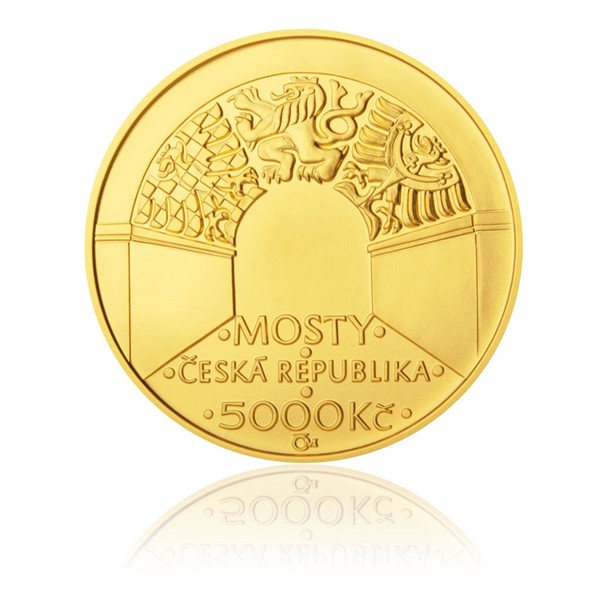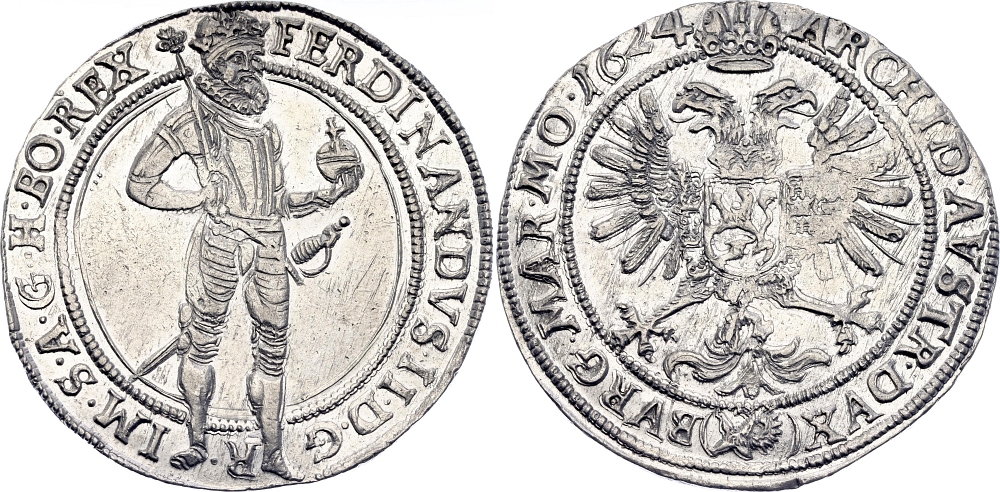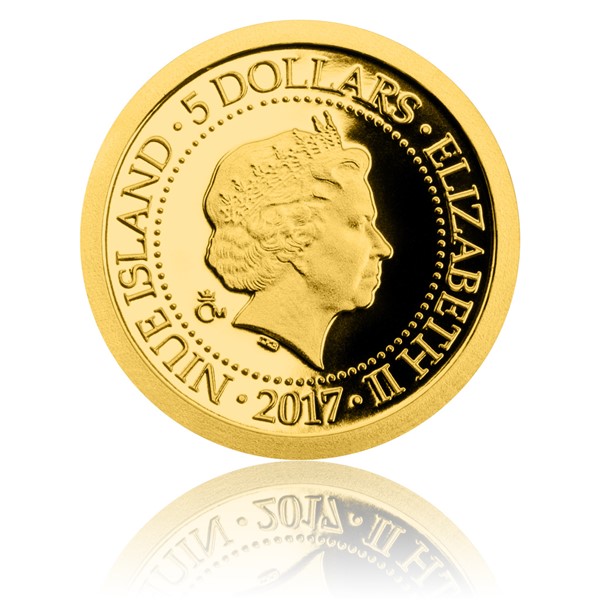Great Info For Coating Czechoslovakia Coins
Wiki Article
How And Why Do You Take A Plaster Model And Scan It To Create A 3d Digital Representation Of Gold Coins Or Medals?
The process employs specialized equipment to digitize the maquette and then capture its dimensions. Digital replication serves a variety of functions in the manufacturing process. the Scanning Process Works
3D Scanning Technique- High resolution 3D scanners are used to record dimensions and other details on models made of plaster. The scanners use a variety of techniques to record precise measurements.
Capturing Surface Information- The scanner projects light or laser beams that hit the surface of the model. The scanner tracks any distortions or reflections caused by these laser beams, and therefore records the surface characteristics of the plaster model.
Data collection - The scanner collects data as it travels across the model. This results in an image that is digitally rendered, which includes the model's contours, geometry and details.
Conversion into a 3D Model. The collected information is processed using special software that converts it to an electronic 3D model. This model mimics the physical dimensions and features of the maquette.
The Motives for Creating the Digital 3D Model
Digital 3D models are accurate in replicating the dimensions and features of physical models. This is vital to ensure that gold medals or coins match the original design.
Digital models permit easy adjustment or reworking. Designers are able to modify 3D models without altering their original plaster maquette.
Compatibleness of Digital 3D Models with Manufacturing Processes. Digital 3D model are compatible with a variety of manufacturing techniques, such as CNC machining.
Digital 3D models can be utilized to preserve and document the design. They can be archived digitally to be used as a reference for future use or reproductions as well as historic documentation.
By scanning the model and then creating an electronic 3D model, manufacturers and designers can streamline the production process to ensure accuracy when replicating and make use of the latest manufacturing technologies for creating gold coins or medals that are precise and faithful to the original design. Take a look at the top rated Scanning and 3D Modeling Czechoslovakia gold medals site examples. including 1 10 oz gold eagle, gold buffalo coin, gold and coin dealers near me, gold american eagle price, silver double eagle coin, 5 cent piece, price of 1 oz of gold, st gaudens double eagle, gold bullion price, online silver buying and more.

Why Do The Dies Used For Striking Gold Coins Or Medals Undergo Procedures Of Vacuum Hardening?
Vacuum hardening is a process which involves exposing dies to extreme temperatures and a controlled environment in the furnace. Here's a brief overview of the process for dies Preparation and Cleaning.
When creating dies to be used to strike coins or other medals, it's crucial that they are clean of contamination or residues.
Injecting Vacuum Furnace
The dies are placed inside a special heat-treating chamber that creates the vacuum.
Evacuation from the Air
The vacuum furnace eliminates air from the room, forming a controlled vacuum environment devoid of oxygen and other gasses. This guarantees uniform heating and prevents the process of oxidation.
Heating Phase
The furnace is preheated to the required temperature to allow the dies to harden. The temperature range depends upon the specific material used and the process of hardening.
Soaking in high temperature
Die dies are kept at temperatures that are high for the duration that is needed to make sure the material attains and keeps the required hardness.
Quenching or Cooling
Following the soaking process after which the dies are cooled or quenched using specialized methods. This rapid cooling procedure aids in locking the desired hardness in the steel.
Tempering is not required.
In certain instances, a tempering step is carried out following the stage of hardening. In order to improve strength and reduce the internal strain, dies could be heated at temperatures lower.
Quality Control and Inspection
The hardened dies undergo thorough quality tests and inspections to confirm they are in compliance with the requirements for hardness, strength, and tolerances for dimensionality.
Post-Treatment Handling-
The dies will be subjected to further processing including coating or polishing, prior to being used for the strike of the coin or medal.
The process of forming a vacuum enhances the strength, durability and wear resistance and longevity of dies, which are used for striking coins or medals. By ensuring a controlled and free of contaminants it provides a consistent and reliable way to make the dies harder. See the most popular vacuum hardening Czechoslovakia gold coins website info including old silver coin, gold eagle, 2000 sacagawea dollar, order gold coins, double eagle gold coin, 1 ounce of silver, coin 1, krugerrand, gold coins for sale, 1936 olympics jesse owens and more.

What Is The Process By Which High-Quality Gold Blanks Are Weighed, Measured And Ready For The Minting?
High-quality gold blanks are meticulously prepared for the minting process to ensure exact and consistent gold coins or medals. The process of preparation for gold blanks is explained below. Gold is usually refined to meet the purity standards for coinage.
Gold Blanks Production- Gold is transformed into blanks by a method called blanking, or cutting blanks. Blanking involves cutting coin-sized discs or planchets out of the gold by using specially-designed machines or stamping techniques.
Measuring and weighing precisely
Weighing. Every blank has to be individually weighed in order to satisfy weight specifications for the coin or coin. This ensures that every item contains precisely the quantity of gold required to meet the intended denomination.
Measuringthe diameter, thickness, as well as the overall dimension of every blank are measured with precision instruments to ensure consistency and conformity to the design specifications.
Inspection and Control of Quality
Visual Inspection - Each blank is visually examined to identify imperfections in the surface, or any imperfections that could influence the final product.
Rejecting Blanks Not CompliantThe blanks that don't conform to the dimensions, weight, or quality standards are rejected to maintain consistency and uniformity.
The reasons for preparing
Consistency in Minting ProcessA precise weight and measured blanks guarantee uniformity in the minting process. A uniform weight and size results in uniformly struck, producing coins or medals with the same quality and value.
Gold content that is accurate- The precise weight of each blank guarantees that the final medal or coin has the exact amount of pure and accurate gold.
Preventing Variations Uniform blanks eliminate any variations in weight or size, which can affect the worth of the medal or coin as well as its legality or capability to be used in circulation or commerce.
Quality Assurance - Strict measures of quality control throughout the process of making blanks ensure that only top-quality, defect-free, blanks are sent to the stage of minting to reduce the risk of flaws appearing in the final product.
Legal Compliance- The coins are intended to be circulated or used for commemorative purposes. They must be in compliance with legal requirements as well as requirements and standards established by mints or regulators.
To create precise, high-value, and legally compliant coins or medals, it is crucial that gold blanks are created with accuracy and precision. See the top rated gold blanks for Czechoslovakia gold coins blog tips including price for one ounce of gold, sell gold and silver near me, spanish gold coins, gold dollar coin, spanish gold coins, krugerrand, gold coins near me, 1 10 american gold eagle, gold silver coins, 1 ounce gold and more.

What Is The Process By Which Gold Medals And Coins Go Through Quality Control To Make Sure They Are In Compliance With Specifications??
After minting the gold coins or medals, they undergo rigorous quality tests to ensure that they are in line with specifications as well as accuracy and surface quality. These checks consist of various steps.
Each medal or coin is scrutinized by experienced inspectors for any surface imperfections. They look for any markings, scratches, or other irregularities which could impact the appearance or value of a coin.
Weigh and Dimensions
The process of weighing and weighing each medal or coin ensures that it satisfies the specified weights dimensions, diameters, thicknesses and overall dimensions in accordance with the design specifications. Any deviations could signal an issue with the quality.
Composition and Purity of Metals
In the course of quality assurance as part of quality checks, medals and coins are inspected for purity or content by using different methods such as XRF analysis, chemical tests or XRF. They must meet the gold quality and content requirements.
Edge Inspection
The inspectors examine the edges of the medal to check for uniformity, reeding, and other irregularities. The edge is a good place to include security features or design elements.
Strike Quality
It is important to assess the quality of every piece, including the clarity and sharpness of the design, the relief and overall look. This will help ensure that each piece is consistent.
Corrections to Minting and Proofing Errors
Special editions and proof coins are subjected to a meticulous examination in order to find any flaws, errors or discrepancies that may affect their collectible value.
Packaging and Presentation-
Packaging and presentation are checked for quality. This ensures that coins and medals are stored correctly or displayed in appropriate cases or holders, free of damage or contamination.
Random and Sampling Checks
Random checks or random sampling are carried out on each batch to ensure that quality standards are consistently maintained throughout the entire process of minting.
Documentation and Compliance
Documentation is kept of all quality checks in order to confirm compliance with the regulations, standards and certification standards. These records are used to prove the authenticity of the coin and its quality.
Rejecting Non-Conforming Pieces
The medals and coins which do not meet specifications for quality are rejected or sent for reprocessing to maintain the integrity and quality of the items that were minted.
Mints and certification authorities conduct these quality checks to make sure that gold coins and medals meet required standards in terms of quality, accuracy, purity and appearance. They also reassure collectors, consumers and investors that they are genuine and high quality. Read the recommended Czechoslovakia gold coin quality control blog recommendations. including 1 10 oz american gold eagle, gold angel coin, 2000 p gold dollar, sell gold silver near me, gold coin store near me, buying silver bars, gold and silver shops near me, hidilyn diaz, gold coins near me, gold silver shops near me and more.
